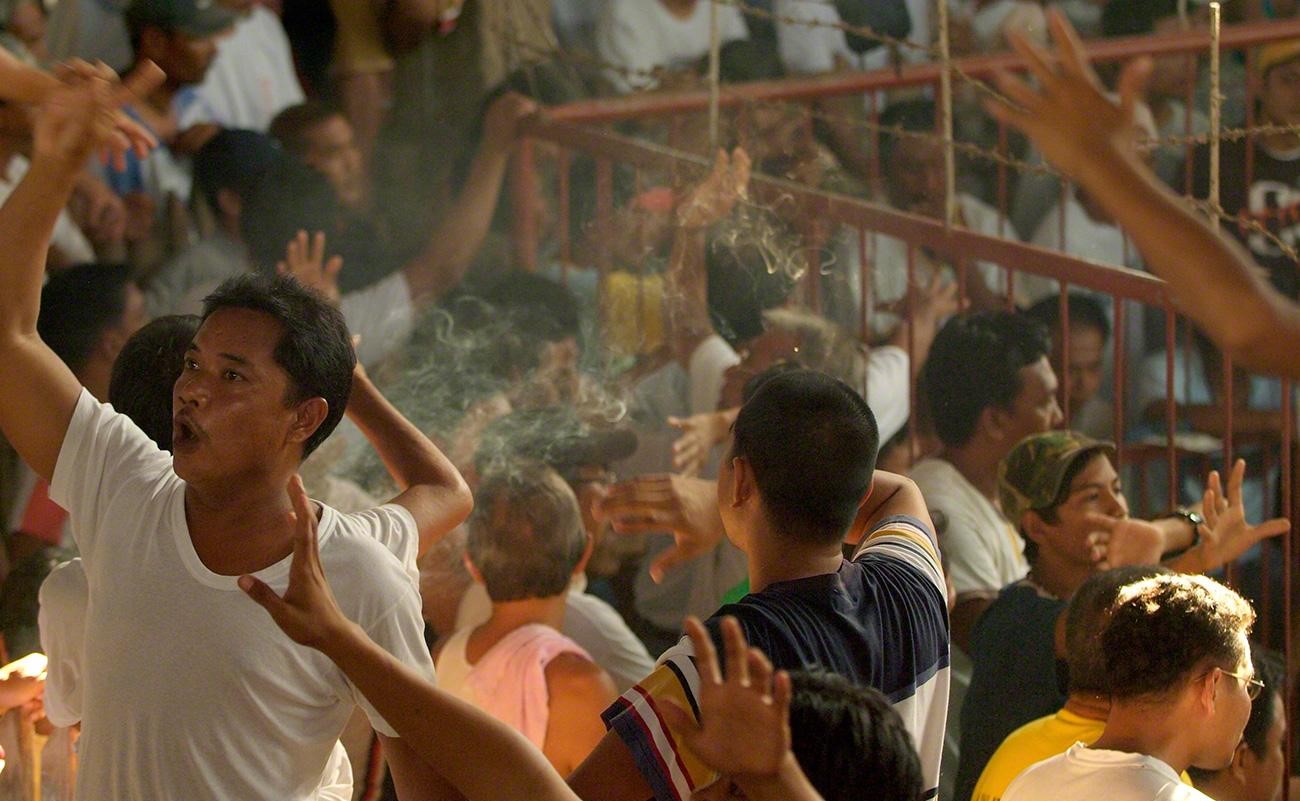Sabong, or cockfighting, is woven into the fabric of Philippine culture. From dusty cockpits to sleek online platforms like Sabong International, its history spans centuries. In 2025, online sabong thrives as a digital legacy of this tradition. This guide traces sabong’s evolution in the Philippines—from ancient roots to modern streams—showing how it became a beloved pastime. Ready to explore the past and present? Let’s dive in!
Published: May 3, 2025 | Author: Isabella Valencia
Sabong’s Ancient Beginnings in the Philippines

Sabong dates back over 3,000 years in Southeast Asia, with evidence of cockfighting in the Philippines pre-dating Spanish colonization. Archaeological finds, like gamefowl bones in precolonial sites, suggest it was a ritual and sport among early Filipinos. By the time Magellan arrived in 1521, sabong was already a spectacle—his chronicler, Antonio Pigafetta, noted locals betting on roosters in Cebu.
Colonial Era: Sabong Under Spanish Rule
The Spanish saw sabong’s potential—not just as entertainment, but as a revenue source. From the 16th to 19th centuries, they formalized it:
- Regulation: Colonial laws allowed sabong on Sundays and holidays, taxing bets to fund public works.
- Cockpits: “Gallo” pits sprang up across towns, cementing sabong as a social hub.
- Breeding: Spaniards introduced new gamefowl breeds, like the Spanish Red, boosting the sport’s complexity.
By the 1800s, sabong was a cultural cornerstone, blending Filipino passion with colonial structure.
American Period: Sabong’s Modern Foundations
When the Americans took over in 1898, sabong faced scrutiny. Gambling was frowned upon, yet its popularity persisted:
- Restrictions: The U.S. regime limited cockfights to specific days, pushing underground betting.
- Resilience: Filipinos kept sabong alive, with cockpits thriving in rural areas.
- Law of 1974: Post-independence, Presidential Decree No. 449 legalized and regulated sabong, setting the stage for today.
The Digital Shift: Birth of Online Sabong

The internet changed everything. By the early 2000s, sabong went online, driven by tech and demand:
Early 2000s: First Steps
Basic websites streamed fights, letting bettors watch from home. It was rough—laggy streams, limited bets—but a start.
2010s: E-Sabong Boom
Smartphones and 4G fueled a boom. Platforms like Pitmaster Live emerged, offering HD streams and GCash payments. PAGCOR began licensing operators, making e-sabong legit.
2022: The Ban
In 2022, President Duterte banned e-sabong over addiction and crime concerns. Legal platforms shut down, driving fans back to cockpits.
2025: Revival and Regulation
By 2025, e-sabong’s back with tighter rules. PAGCOR’s limited licenses mean platforms like Sabong Grandmaster Cup are legal again. Learn more in our legal guide.
How Sabong Went From Cockpits to Online
The transition wasn’t overnight. Here’s what drove it:
- Tech Advancements: High-speed internet and mobile apps made streaming viable.
- Convenience: No travel—bet from Manila or Davao with a tap.
- Global Reach: Sites like Sabong Worldwide connect Filipinos abroad.
- Regulation: PAGCOR’s oversight added trust and structure.
Sabong’s Cultural Impact in the Philippines

Sabong’s more than a sport—it’s identity:
Community and Tradition
Cockpits were social hubs—farmers, breeders, and bettors bonded over fights. Online sabong keeps this spirit alive digitally.
Breeding Legacy
Gamefowl breeding—think Kelso or Sweater lines—is an art passed down generations, now showcased online.
Economic Role
Sabong supports livelihoods—breeders, trainers, and now tech workers behind platforms like Diamond Sabong.
Online Sabong Today: 2025 Snapshot
In 2025, online sabong blends heritage with innovation:
- Platforms: Over a dozen legal sites, from Clash of Odds to Sabong 888 Live.
- Tech: HD streams, real-time betting, and mobile apps dominate.
- Reach: Millions of Filipinos bet weekly, locally and globally.
Check our Top 10 Platforms for the best picks!
The Future of Sabong: What’s Next?
Online sabong’s story isn’t over. With e-sabong’s revival, expect:
- Stricter Laws: More PAGCOR oversight to curb issues.
- Tech Upgrades: VR cockpits or AI odds could emerge.
- Economic Boost: A POGO replacement? See our analysis.
Why Sabong Endures in the Philippines
Sabong’s staying power lies in its adaptability. From ancient rituals to online streams, it evolves with Filipinos—rural or urban, local or abroad. It’s a testament to resilience and passion.
Conclusion: Sabong’s Timeless Legacy
Sabong’s history—from cockpits to online platforms like Sabong Ni Bay—shows its deep roots in the Philippines. In 2025, it’s a legal, thriving tradition. Explore its past and join the future with our platform directory. What’s your favorite sabong memory? Share below!
Get more history and tips on our Sabong Blog!

Leave a Reply
You must be logged in to post a comment.